Home>Storage Ideas>Kitchen Storage>How To Clean A Refrigerator


Kitchen Storage
How To Clean A Refrigerator
Modified: March 1, 2024
Learn the best kitchen storage ideas to keep your refrigerator clean and organized. Find out how to maintain a spotless fridge with these helpful tips.
(Many of the links in this article redirect to a specific reviewed product. Your purchase of these products through affiliate links helps to generate commission for Storables.com, at no extra cost. Learn more)
Introduction
Welcome to the essential guide on how to clean a refrigerator. As one of the most used appliances in the kitchen, the refrigerator plays a vital role in maintaining the freshness and longevity of our food. However, over time, our refrigerators can accumulate dirt, grime, and unpleasant odors, which can impact the quality and taste of our food.
Cleaning your refrigerator regularly not only ensures that your food stays fresh, but it also helps prolong the lifespan of the appliance. Additionally, a clean and organized refrigerator can make meal prep and grocery shopping a breeze.
In this article, we will walk you through a step-by-step process on how to thoroughly clean your refrigerator, from emptying it out to reassembling it. We will also provide you with some helpful tips and tricks to keep your refrigerator looking and smelling fresh.
Key Takeaways:
- Keep your refrigerator clean and organized to maintain food freshness, appliance efficiency, and kitchen aesthetics. Regular cleaning and proper organization can extend the lifespan of your refrigerator, ensuring a hygienic and pleasant environment for your food storage.
- Utilize gentle cleaning solutions, such as mild dish soap, warm water, and vinegar, to effectively clean the interior, exterior, shelves, and door seals of your refrigerator. Regular maintenance and thorough cleaning every three to six months will keep your refrigerator fresh and efficient.
Read more: How To Clean Mold In Refrigerator
Supplies Needed
Before we dive into the cleaning process, let’s gather the necessary supplies. Here’s what you’ll need:
- Mild dish soap or refrigerator cleaner
- Warm water
- Baking soda
- Microfiber cloths or sponge
- Vinegar
- Clean towels
- Toothbrush or small cleaning brush
- Container for storing food items
Safety Precautions
While cleaning your refrigerator, it’s important to take a few safety precautions:
- Unplug the refrigerator before starting the cleaning process to prevent any electrical accidents.
- Wear gloves to protect your hands from any harsh chemicals or bacteria that may be present in the refrigerator.
- Ensure that the cleaning area is well-ventilated to prevent the accumulation of fumes.
- Keep perishable food items in a cool place while you clean the refrigerator.
Now that we have our supplies and safety precautions in place, let’s get started on the step-by-step process of cleaning your refrigerator.
Key Takeaways:
- Keep your refrigerator clean and organized to maintain food freshness, appliance efficiency, and kitchen aesthetics. Regular cleaning and proper organization can extend the lifespan of your refrigerator, ensuring a hygienic and pleasant environment for your food storage.
- Utilize gentle cleaning solutions, such as mild dish soap, warm water, and vinegar, to effectively clean the interior, exterior, shelves, and door seals of your refrigerator. Regular maintenance and thorough cleaning every three to six months will keep your refrigerator fresh and efficient.
Read more: How To Clean Mold In Refrigerator
Supplies Needed
Before you begin the process of cleaning your refrigerator, it’s important to gather the necessary supplies. Having the right tools and products on hand will make the process smoother and more efficient. Here are the supplies you’ll need:
- Mild Dish Soap or Refrigerator Cleaner: Choose a gentle dish soap or specifically designed refrigerator cleaner to effectively remove dirt, stains, and odors from the interior of your fridge.
- Warm Water: You’ll need warm water to create a cleaning solution and rinse off surfaces.
- Baking Soda: Baking soda is a natural deodorizer that helps eliminate unpleasant smells from your refrigerator.
- Microfiber Cloths or Sponge: These soft and absorbent materials are perfect for wiping down surfaces without scratching or leaving lint behind.
- Vinegar: Vinegar is a versatile cleaning agent that helps remove tough stains and kill bacteria.
- Clean Towels: Keep some clean towels handy to dry off surfaces after cleaning.
- Toothbrush or Small Cleaning Brush: A toothbrush or small cleaning brush will help you scrub hard-to-reach areas and remove grime from corners and crevices.
- Container for Storing Food Items: Have a container or cooler ready to temporarily store your food items while you clean the refrigerator.
Having these supplies readily available will ensure that you can tackle each step of the cleaning process efficiently and effectively. Now that you have everything you need, it’s time to move on to the next step: emptying the refrigerator.
Safety Precautions
When it comes to cleaning your refrigerator, it’s important to prioritize your safety. Taking a few precautions can help prevent accidents and ensure a smooth and safe cleaning process. Here are some safety measures to keep in mind:
- Unplug the Refrigerator: Before you start cleaning, make sure to unplug the refrigerator from the power source. This will eliminate the risk of electric shock or other electrical accidents.
- Wear Gloves: To protect your hands from any harsh chemicals or bacteria that may be present in the refrigerator, it’s advisable to wear gloves. Rubber or latex gloves will provide a barrier and keep your hands safe during the cleaning process.
- Ensure Adequate Ventilation: Cleaning products can release fumes that may be harmful if inhaled in a confined space. To avoid this, ensure that the area where you’re cleaning the refrigerator is well-ventilated. Open windows or turn on fans to allow fresh air circulation.
- Keep Perishable Items in a Cool Place: As you clean the refrigerator, remove all perishable food items and store them in a cool place to prevent spoilage. It’s a good idea to use a cooler with ice packs to maintain the proper temperature for your perishables.
- Use Caution with Cleaning Products: Be mindful of the cleaning products you choose to use. Read the instructions carefully and follow them accordingly. Avoid mixing different cleaning agents, as this can create harmful chemical reactions.
- Clean up Spills and Wet Surfaces: While cleaning, be aware of any spills or wet surfaces. Wipe them up immediately to prevent slipping hazards.
- Dispose of Cleaning Solutions Correctly: Once you’re done with the cleaning process, make sure to dispose of any leftover cleaning solutions properly. Follow the guidelines provided on the product labels or local disposal regulations.
By following these safety precautions, you can ensure a safe and stress-free experience while cleaning your refrigerator. Now that you’re aware of the necessary safety measures, let’s move on to the step-by-step process of cleaning your refrigerator.
Read more: How To Clean A Samsung Refrigerator
Step 1: Emptying the Refrigerator
The first step in cleaning your refrigerator is to empty its contents. This includes removing all food items, condiments, and beverages. Emptying the refrigerator allows you to have a clear workspace and makes it easier to clean every nook and cranny. Here’s how to empty your refrigerator:
- Start by turning off the refrigerator or setting it to a warmer temperature to limit energy usage.
- Remove any shelves, drawers, and bins that can be taken out. Place them in a safe location away from the cleaning area.
- Sort through the food items and check their expiration dates. Discard any expired or spoiled items.
- If possible, group similar food items together to maintain organization and make it easier to return them to the refrigerator later.
- Transfer the remaining refrigerated items to a container or cooler with ice packs to keep them fresh during the cleaning process.
- Take this opportunity to wipe down any sticky or dirty containers or bottles before returning them to the refrigerator.
Remember to handle food items with care and maintain proper food safety guidelines throughout the process. Once the refrigerator is empty, you’re ready to move on to the next step: removing shelves and drawers.
Step 2: Removing Shelves and Drawers
Now that you’ve emptied the contents of your refrigerator, it’s time to remove the shelves and drawers for a more thorough cleaning. Removing these removable components will allow you to access all areas of the refrigerator’s interior. Here’s how to remove the shelves and drawers:
- Gently pull out each shelf and drawer to determine its removal mechanism.
- Some shelves and drawers may have locking or sliding mechanisms that need to be released or disengaged. Follow the instructions provided by the manufacturer.
- Once released, carefully lift the shelves and drawers out of the refrigerator.
- Place them in a safe location, away from the cleaning area, to prevent any accidental damage.
If possible, take a moment to examine the shelves and drawers for any signs of damage or wear. This is a good opportunity to clean them individually, if necessary, using warm soapy water or a mild cleaning solution. Ensure they are thoroughly rinsed and dried before reassembling them back into the refrigerator.
With the shelves and drawers safely removed, you can now move on to the next step: cleaning the interior walls and surfaces of the refrigerator.
To clean a refrigerator, start by removing all items and shelves. Use a mixture of warm water and mild detergent to wipe down the interior. For tough stains, use a paste of baking soda and water. Dry thoroughly before replacing shelves and items.
Step 3: Cleaning the Interior Walls and Surfaces
With the shelves and drawers removed, it’s time to give the interior walls and surfaces of your refrigerator a thorough cleaning. This step will help remove any dirt, stains, and lingering odors. Follow these steps for an effective cleaning:
- Start by preparing a cleaning solution. Mix a few drops of mild dish soap or a designated refrigerator cleaner with warm water in a bucket or basin. Avoid using harsh chemicals or abrasive cleaners, as they can damage the interior surfaces.
- Dip a microfiber cloth or sponge into the cleaning solution and wring out any excess moisture to prevent dripping.
- Starting from the top of the refrigerator, wipe down the interior walls, shelves, and any other surfaces using gentle, circular motions. Pay special attention to any areas with visible stains or spills.
- If you encounter stubborn stains, sprinkle a small amount of baking soda onto the cloth or sponge and gently scrub the affected area. Baking soda acts as a mild abrasive and helps lift stains without damaging the surfaces.
- Once you’ve cleaned the interior thoroughly, rinse your cloth or sponge with clean water and wring out any excess moisture.
- Go over the surfaces again with the damp cloth or sponge to remove any soap residue.
- For any remaining stubborn stains or odors, you can create a simple cleaning solution using equal parts vinegar and water. Dip a cloth or sponge into this mixture and wipe down the affected areas.
- After the final wipe-down, use a clean, dry towel to carefully dry the interior surfaces.
During the cleaning process, it’s important to avoid excessive moisture in the refrigerator. This helps prevent the growth of mold and mildew. Make sure the interior is completely dry before moving on to the next step.
Congratulations! You have successfully cleaned the interior walls and surfaces of your refrigerator. Now, let’s proceed to the next step: cleaning the shelves and drawers.
Step 4: Cleaning the Shelves and Drawers
Now that you’ve cleaned the interior of your refrigerator, it’s time to focus on cleaning the shelves and drawers. These components can accumulate spills, stains, and residue over time, so it’s important to give them a thorough cleaning. Follow these steps to ensure your shelves and drawers are sparkling clean:
- Fill your sink or a large basin with warm soapy water. You can use a mild dish soap or a designated refrigerator cleaner for this step.
- Submerge the shelves and drawers in the soapy water, allowing them to soak for a few minutes. This will help loosen any tough stains or debris.
- Using a sponge or soft brush, gently scrub the shelves and drawers to remove any dirt or residue. Pay special attention to any areas with stubborn stains.
- If necessary, sprinkle a small amount of baking soda onto the sponge or brush to help tackle tougher stains. The gentle abrasive properties of baking soda can help lift stains without scratching the surfaces.
- Rinse the shelves and drawers thoroughly with clean water to remove any soap residue.
- Inspect the shelves and drawers for any remaining stains or residue. If needed, repeat the cleaning process or spot clean using a vinegar and water solution.
- Once clean, place the shelves and drawers on a clean towel to air dry or use a dry towel to carefully dry them.
While the shelves and drawers are drying, you can take the opportunity to wipe down the interior of the refrigerator once again to ensure any moisture or residue is removed. Pay close attention to the crevices and corners where spills and debris may accumulate.
Once the shelves and drawers are dry, you can move on to the next step: cleaning the door seals.
Read more: What To Clean Refrigerator With
Step 5: Cleaning the Door Seals
When it comes to cleaning your refrigerator, it’s important not to overlook the door seals. These rubber seals, also known as gaskets, are essential for creating an airtight seal that keeps your refrigerator cool and energy-efficient. Over time, they can collect dirt, food particles, and grime, which can affect their effectiveness. Follow these steps to clean the door seals effectively:
- Start by mixing a solution of equal parts water and vinegar in a small bowl or spray bottle. Vinegar is a natural cleaning agent that helps remove dirt and kills bacteria.
- Dampen a clean cloth or sponge with the vinegar and water solution.
- Gently wipe down the door seals, paying particular attention to any areas with visible dirt or buildup.
- If you encounter stubborn residue or mold, create a paste by mixing baking soda and water. Apply the paste to the affected areas and let it sit for a few minutes to loosen the debris.
- Use a toothbrush or small cleaning brush to scrub the door seals, focusing on the problem areas.
- Rinse the door seals with a damp cloth or sponge to remove any traces of the cleaning solution or paste.
- Dry the door seals with a clean towel or allow them to air dry.
It’s important to maintain the integrity of the rubber door seals while cleaning. Avoid using harsh chemicals, abrasive cleaners, or excessive force, as these can damage the seals. Be gentle yet thorough in your approach to ensure a proper cleaning.
By regularly cleaning and maintaining the door seals, you can ensure they remain in good condition and continue to provide an effective seal for your refrigerator.
Great job on cleaning the door seals! Now, let’s move on to the next step: cleaning the exterior of the refrigerator.
Step 6: Cleaning the Exterior of the Refrigerator
Now that you’ve cleaned the interior of your refrigerator, it’s time to give some attention to the exterior. Cleaning the exterior not only helps improve the overall appearance of your refrigerator but also ensures that it remains free from dirt, fingerprints, and grime. Follow these steps to clean the exterior of your refrigerator:
- Start by unplugging the refrigerator from the power source to ensure your safety.
- Dampen a microfiber cloth or sponge with warm soapy water or a mild all-purpose cleaner.
- Gently wipe down the exterior surfaces of the refrigerator, including the front, sides, and top. Be sure to pay attention to areas that are frequently touched, like the handles and control panel.
- If you encounter any stubborn stains or sticky residue, apply a small amount of the cleaning solution directly onto the cloth or sponge and gently scrub the affected areas.
- For stainless steel refrigerators, use a dedicated stainless steel cleaner or a mixture of vinegar and water. Apply the cleaner following the manufacturer’s instructions, and wipe in the direction of the grain for a streak-free finish.
- Rinse the cloth or sponge with clean water and wipe down the exterior surfaces again to remove any soap residue.
- Dry the exterior with a clean, dry towel to prevent water streaks or spots.
While cleaning the exterior, it’s a good opportunity to check for any dents, scratches, or damage. Addressing any minor issues promptly can help maintain the overall condition of your refrigerator.
Once the exterior is clean and dry, you can proceed to the next step: reassembling the shelves and drawers.
Step 7: Reassembling the Shelves and Drawers
Now that you’ve completed cleaning the interior and exterior of your refrigerator, it’s time to reassemble the shelves and drawers. Properly reassembling them ensures that your refrigerator is organized and functional. Follow these steps to reassemble the shelves and drawers:
- Check each shelf and drawer for any remaining moisture or residue. Ensure they are completely dry before placing them back into the refrigerator.
- Starting with the top shelf or drawer, carefully insert it back into its designated position. Make sure it aligns properly and rests securely on the support brackets or guides.
- Continue placing the shelves and drawers back into their respective positions, moving from top to bottom.
- Take a moment to adjust the shelf heights if needed. This allows you to accommodate items of various sizes in your refrigerator.
- Double-check that all shelves and drawers are secure and level.
As you reassemble the shelves and drawers, take note of any damaged or worn-out components. If necessary, consider replacing them to ensure optimal functionality and safety.
Now that the shelves and drawers are back in place, it’s time for the final step: returning the food items to the refrigerator.
Step 8: Returning the Food Items to the Refrigerator
With your refrigerator now clean and organized, it’s time to put the food items back in their designated places. Properly storing your food not only keeps it fresh for longer but also ensures efficient use of space. Follow these steps to return the food items to your refrigerator:
- Start by sorting through the food items you removed from the refrigerator earlier. Discard any expired, spoiled, or questionable items.
- Clean the containers or bottles of any sticky residue or spills before returning them to the refrigerator.
- Group similar food items together. For example, place dairy products, meats, and vegetables in separate sections.
- Consider using storage containers or bins to further organize and maximize space in your refrigerator. These can help keep items separated and easily accessible.
- Place taller items, such as bottles, jars, and cartons, in the door compartments for convenience.
- Utilize the adjustable shelves to accommodate larger items or create additional space when needed.
- Ensure that perishable items are stored in the appropriate temperature zones. Raw meats and seafood should be stored on the lower shelves to prevent cross-contamination.
- Label any containers or packages with dates or expiration dates to help you keep track of freshness.
As you return the food items, take note of any items that may block ventilation vents or obstruct the efficient circulation of cool air. Rearrange them as needed to optimize the refrigerator’s performance.
Now that your food items are back in place, take a moment to appreciate your clean and organized refrigerator. Regularly maintaining and cleaning your refrigerator will ensure that it stays in optimal working condition for years to come.
Congratulations! You have successfully completed the process of cleaning and organizing your refrigerator. Enjoy the benefits of a fresh and efficient appliance that keeps your food safe and delicious.
Note: It’s recommended to clean your refrigerator every three to six months, or more often if necessary. Regular cleaning and proper organization will help maintain its functionality and extend its lifespan.
Read more: How To Clean Under The Refrigerator
Conclusion
Congratulations on completing the comprehensive cleaning process for your refrigerator! By following the steps outlined in this guide, you’ve successfully transformed your refrigerator into a clean, fresh, and organized space for storing your food.
Regularly cleaning your refrigerator is essential not only for maintaining the freshness and taste of your food but also for prolonging the lifespan of the appliance. A clean refrigerator is more efficient, ensuring optimal cooling performance and energy consumption.
Remember to incorporate these cleaning steps into your routine every three to six months, or as needed. By following these cleaning procedures, you’ll prevent the buildup of dirt, grime, and unpleasant odors, ensuring a hygienic and pleasant environment for your food storage.
Additionally, maintaining an organized refrigerator makes meal preparation and grocery shopping more efficient. With labeled containers, properly placed food items, and adjustable shelves, you’ll have easy access to everything you need, saving time and hassle in the kitchen.
As you continue to use your refrigerator, be mindful of spills and messes. Wipe up any spills promptly to prevent them from becoming stubborn stains or breeding grounds for bacteria. Regularly check the expiration dates of your food items and discard any that are past their prime.
With a clean and organized refrigerator, you’ll be able to enjoy fresh and delicious food while minimizing waste. A clean refrigerator is not only a functional appliance, but it also brings peace of mind and adds to the overall cleanliness and aesthetics of your kitchen.
Thank you for following this comprehensive guide on how to clean your refrigerator. Enjoy the benefits of a fresh and organized space for your food storage!
Frequently Asked Questions about How To Clean A Refrigerator
Was this page helpful?
At Storables.com, we guarantee accurate and reliable information. Our content, validated by Expert Board Contributors, is crafted following stringent Editorial Policies. We're committed to providing you with well-researched, expert-backed insights for all your informational needs.
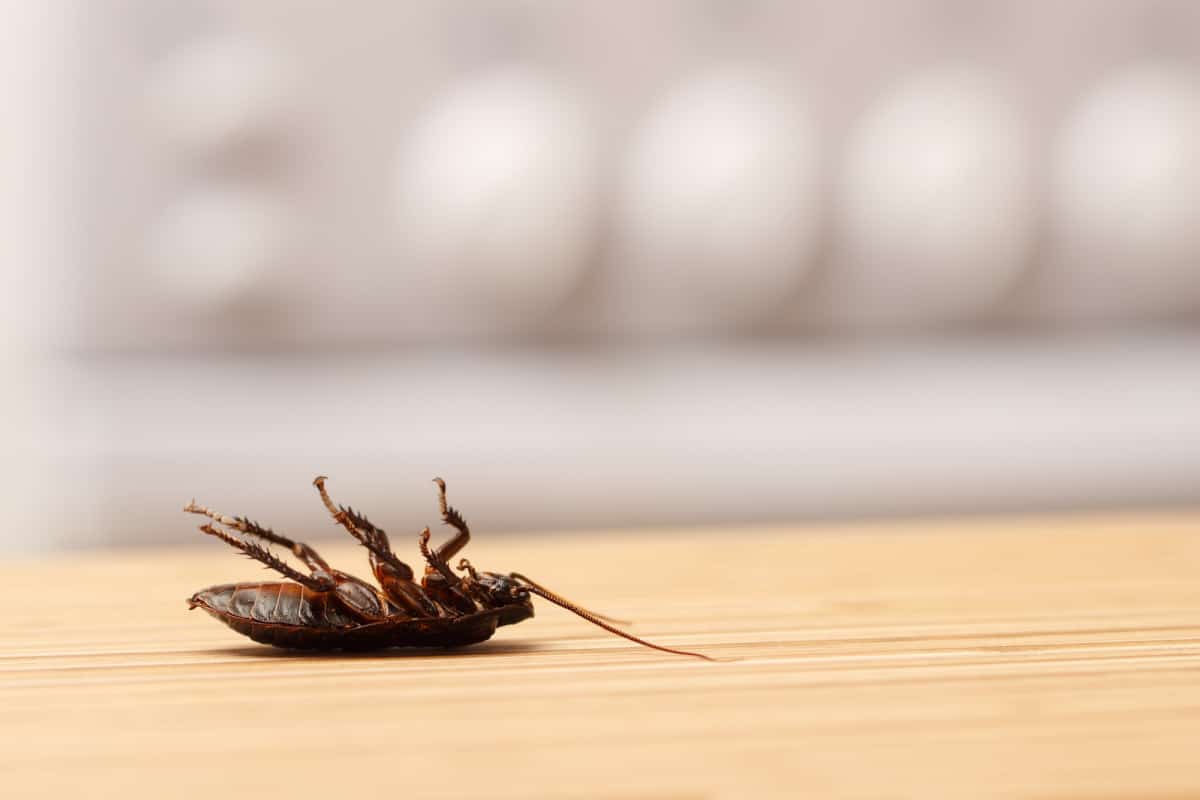
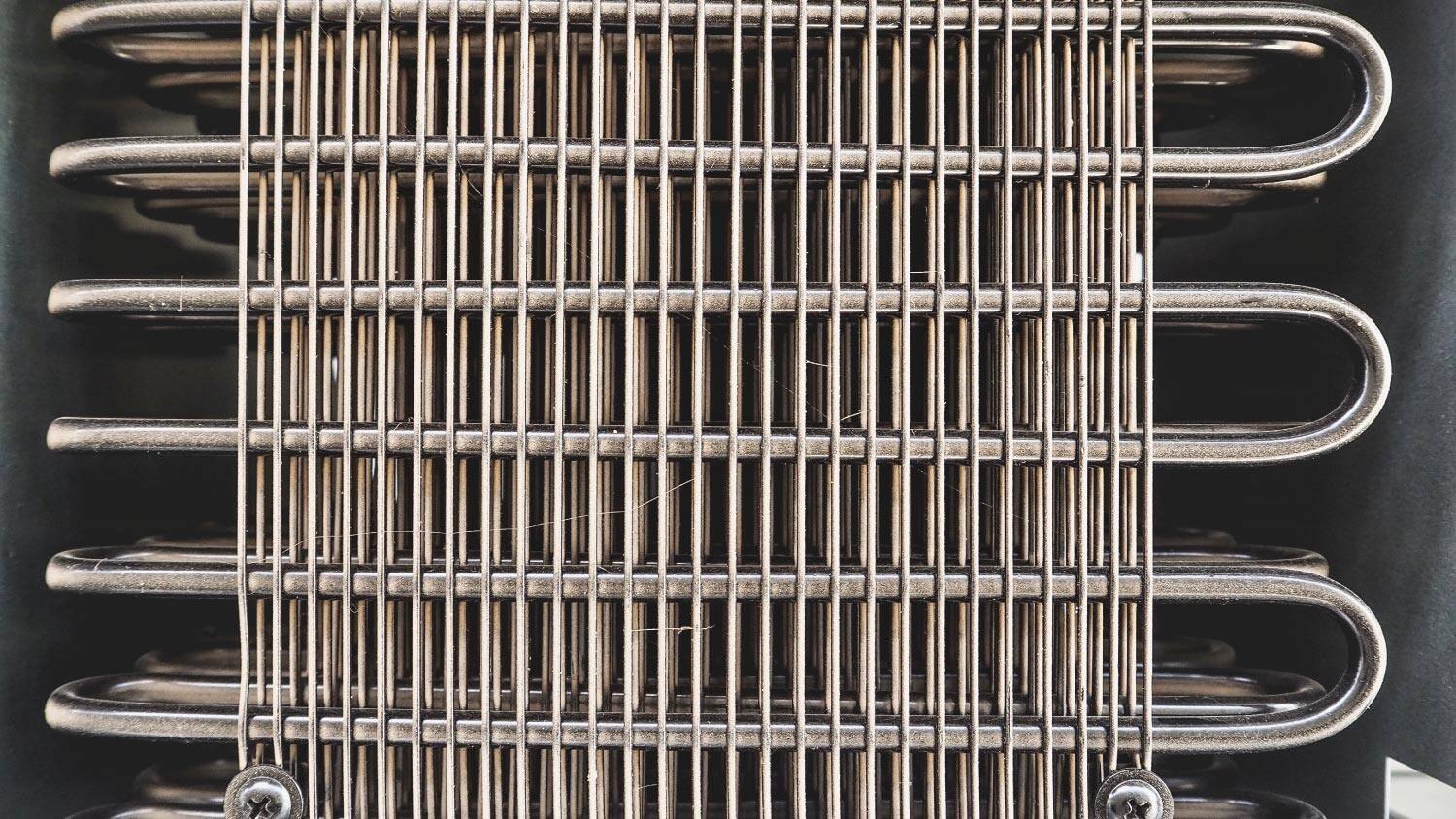
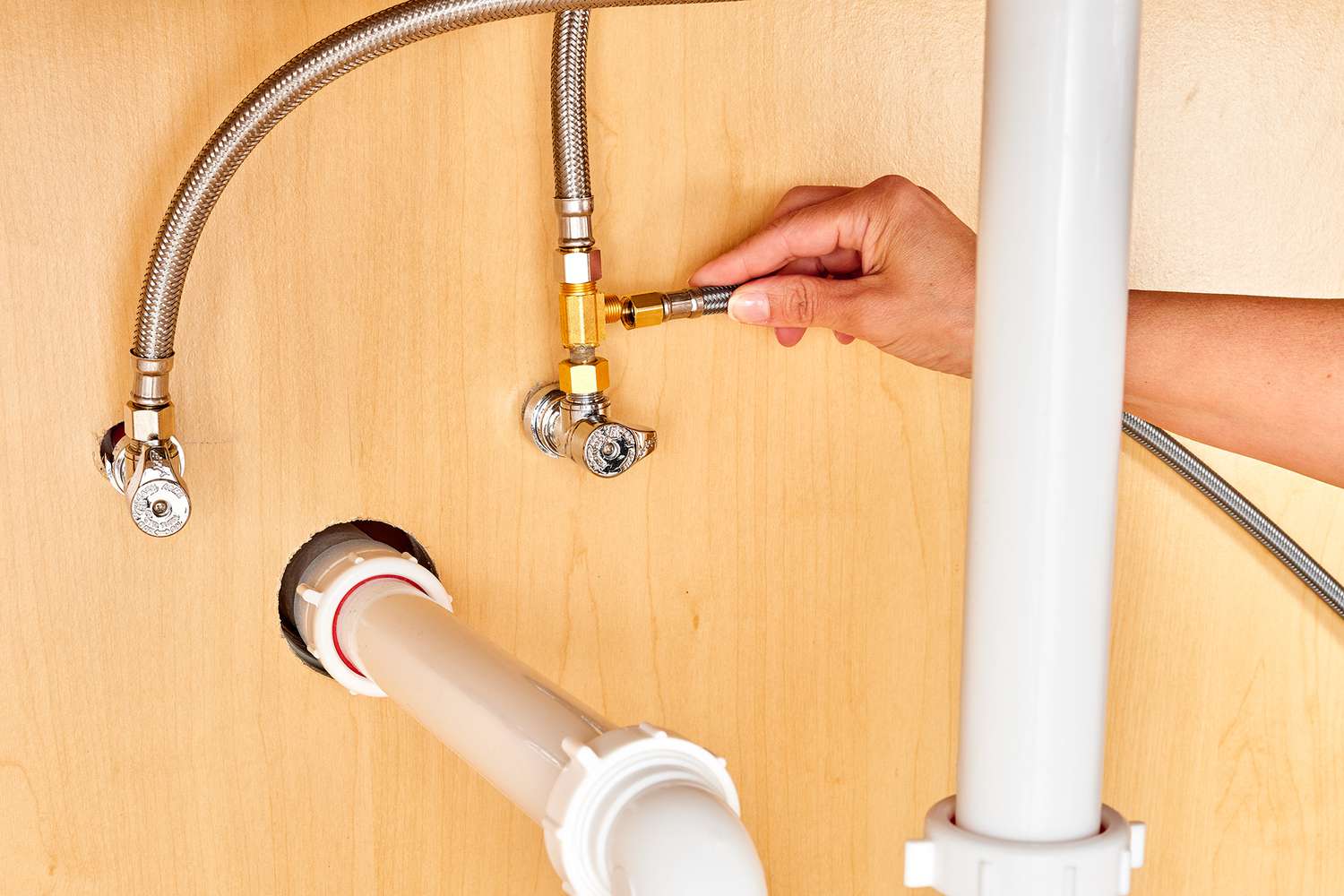
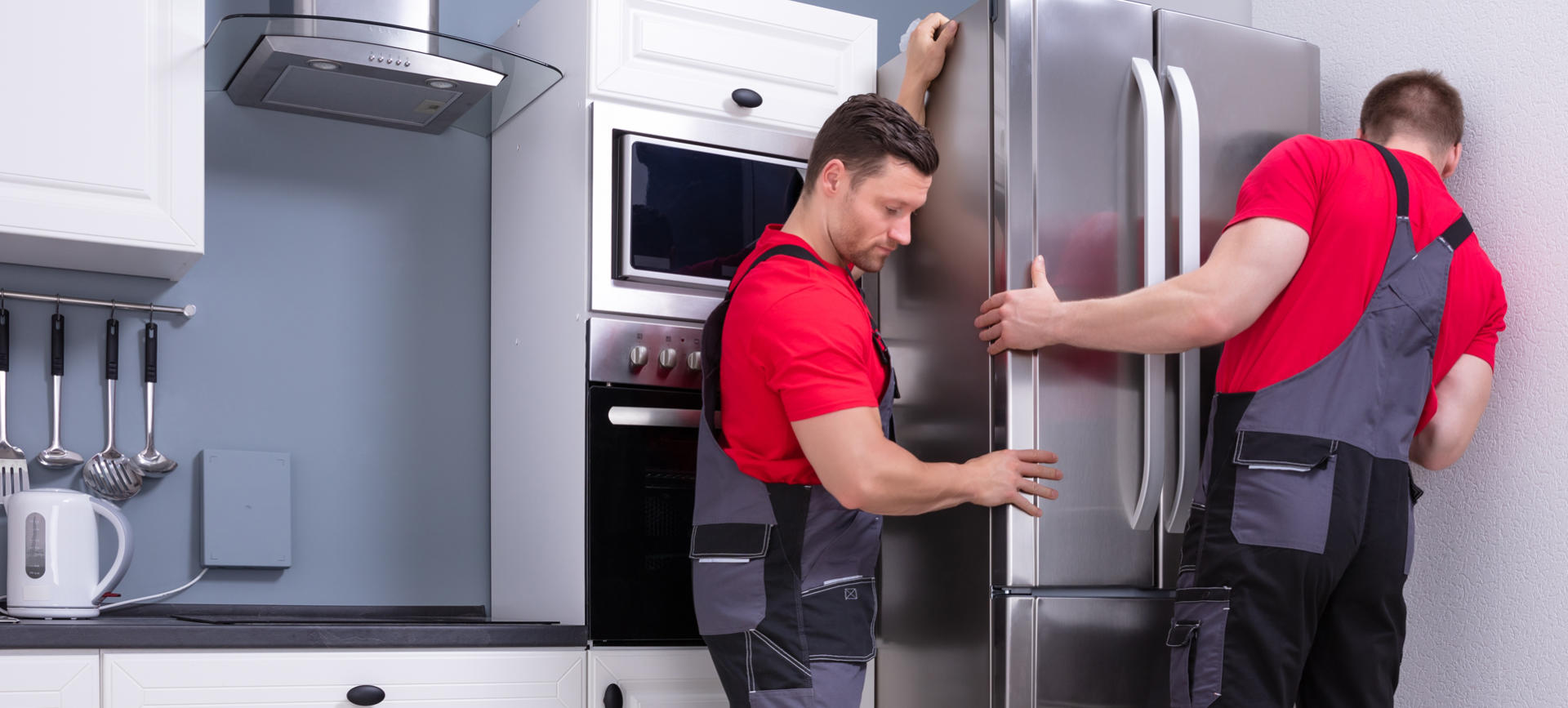
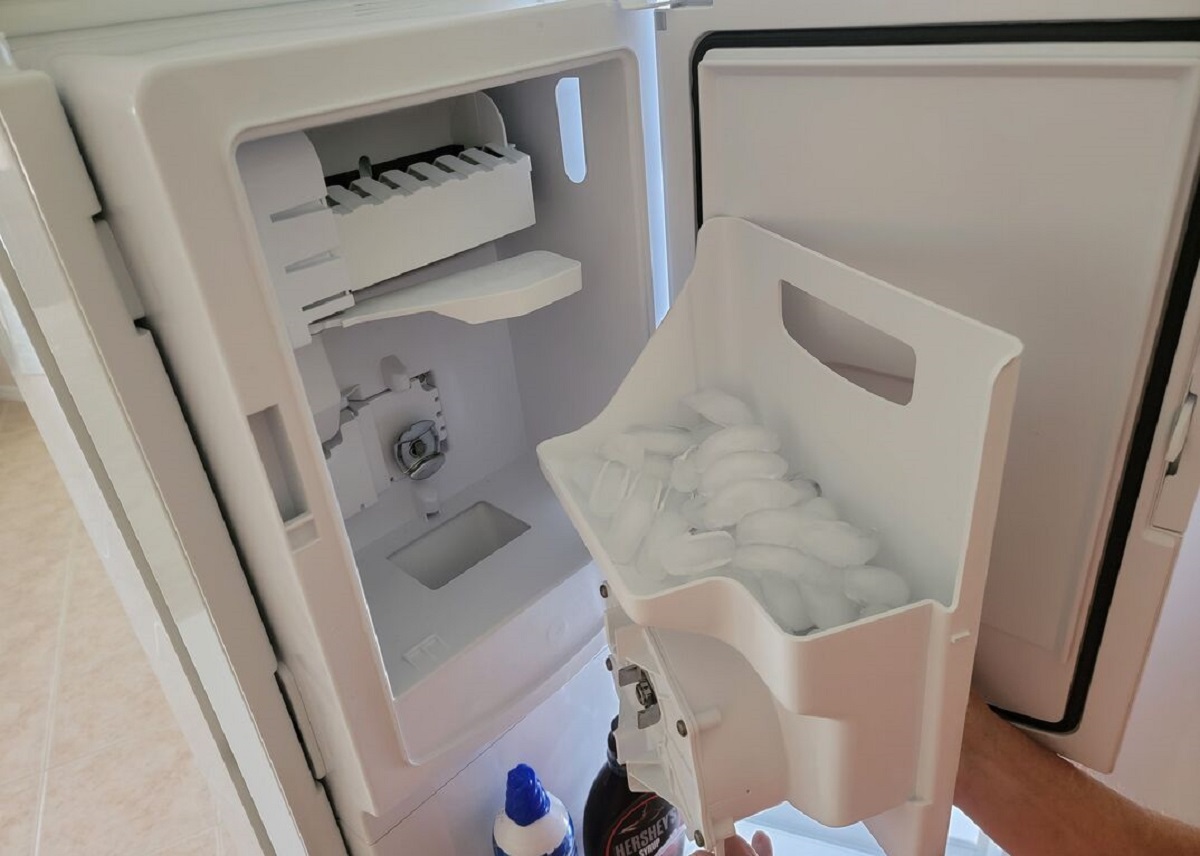
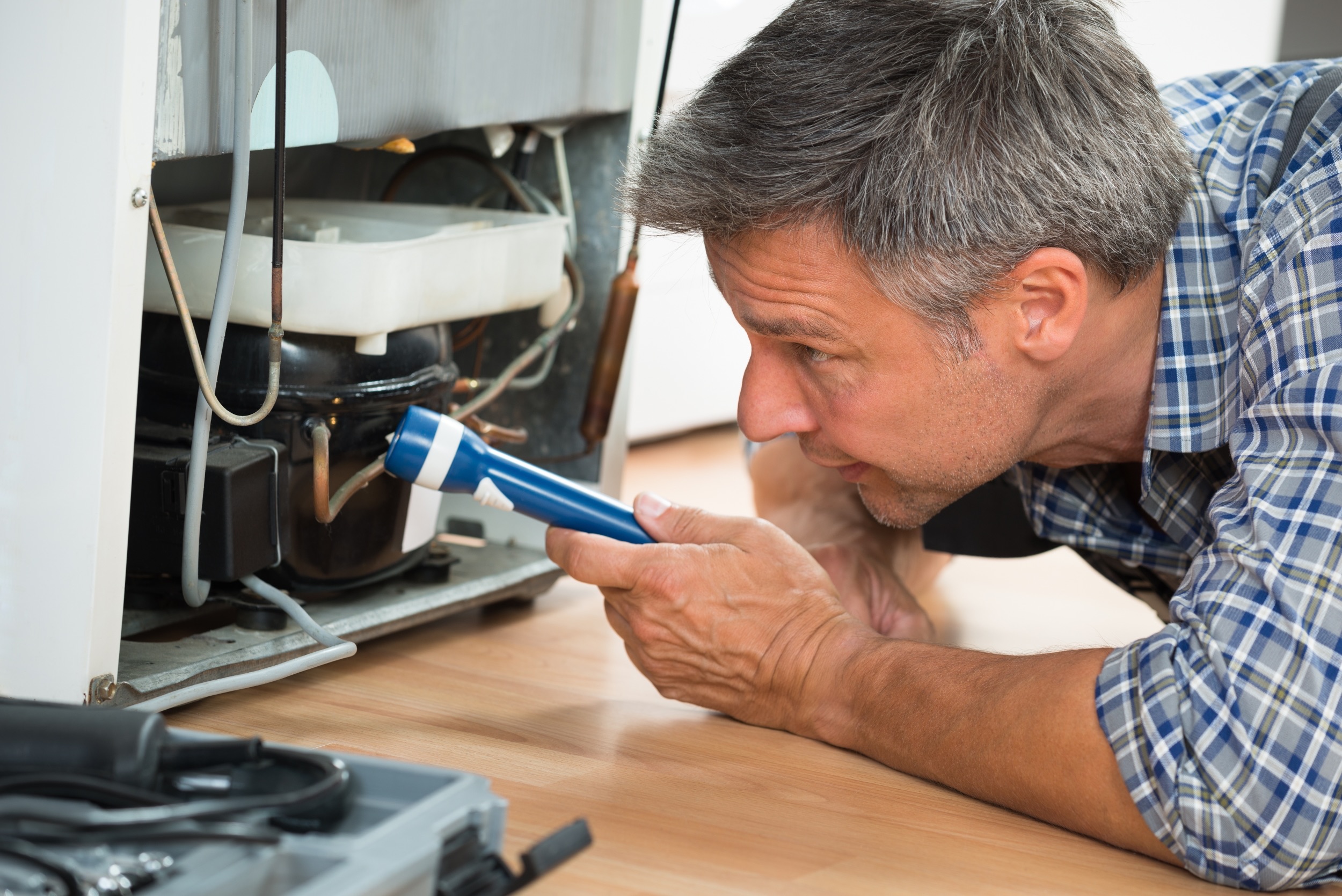
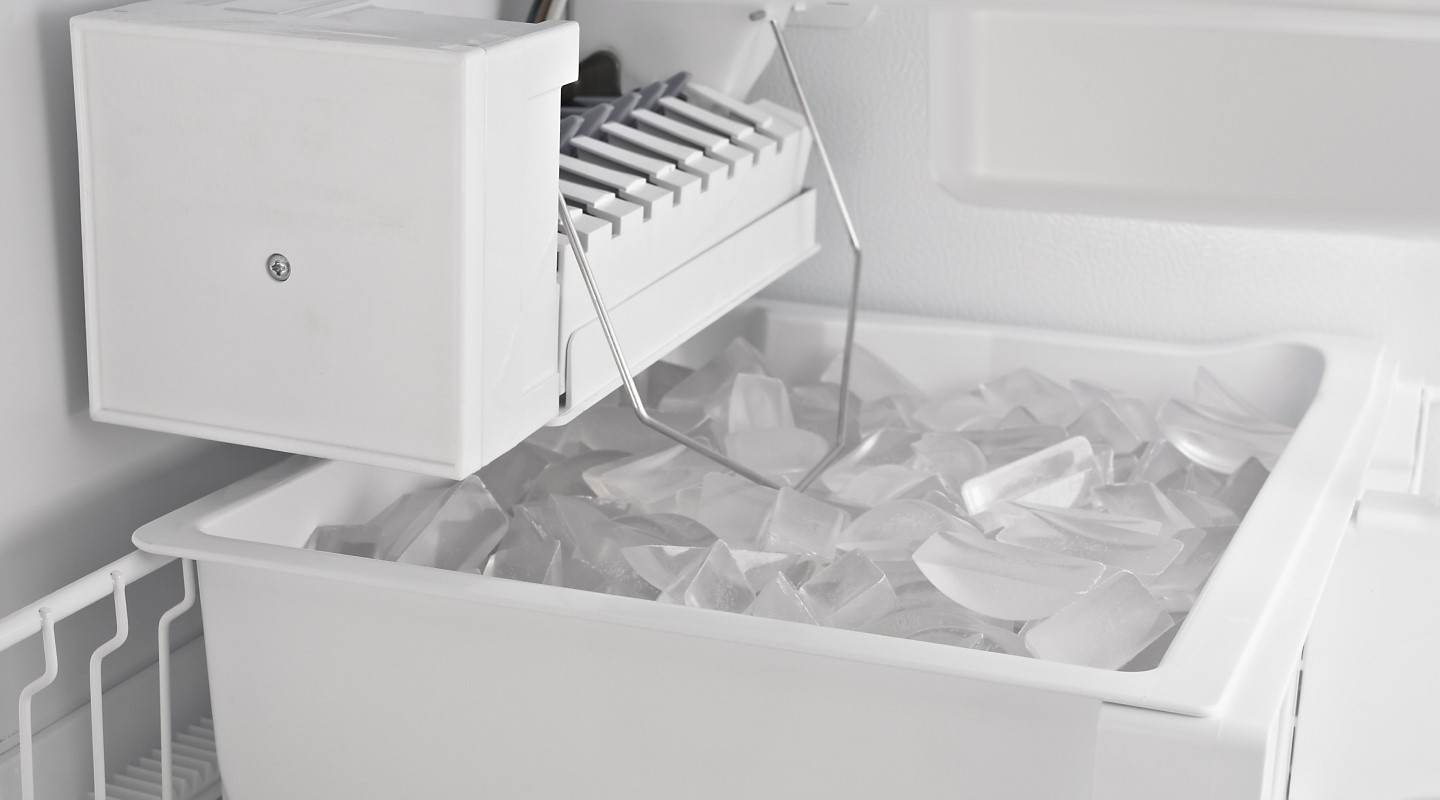
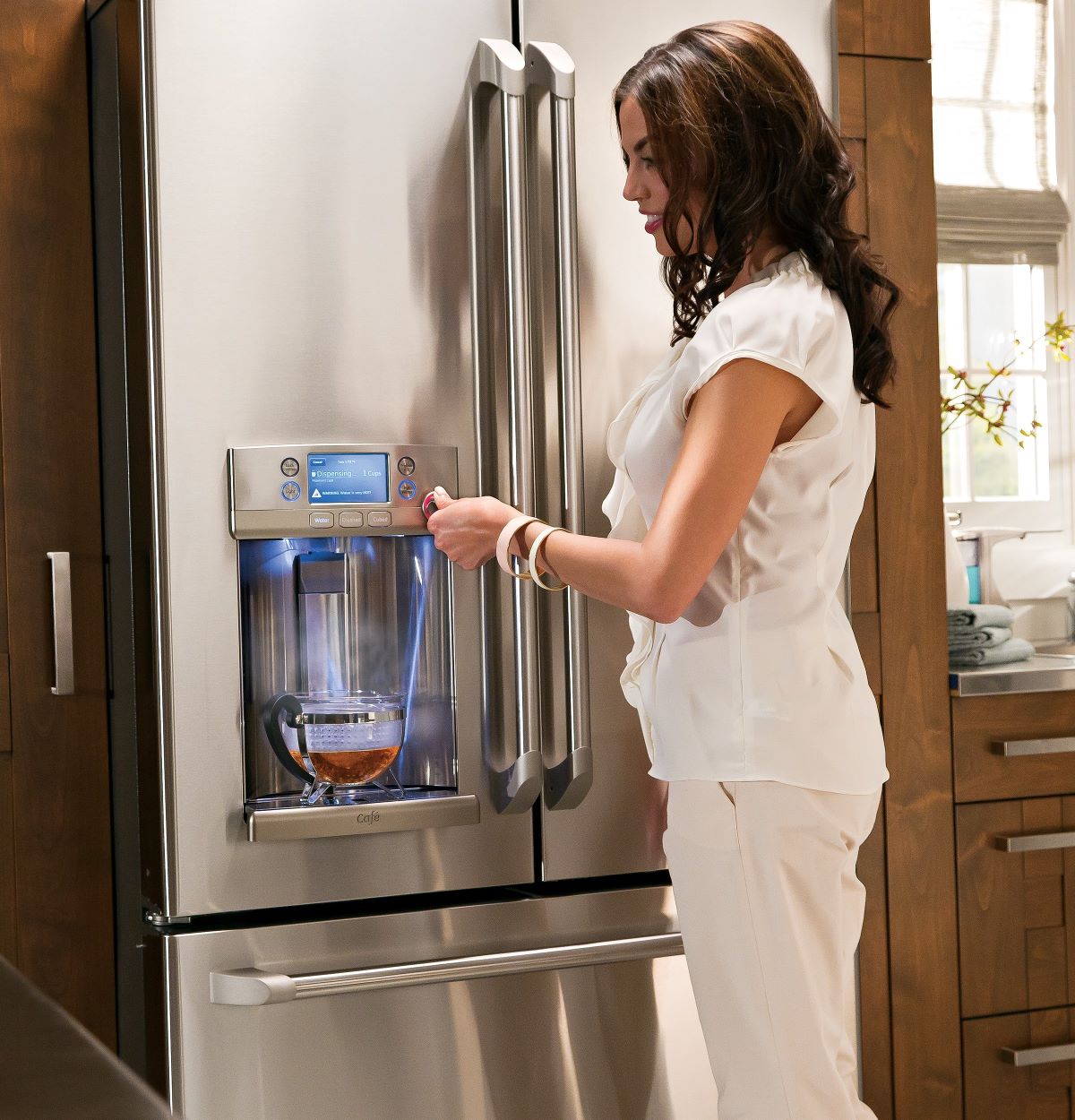
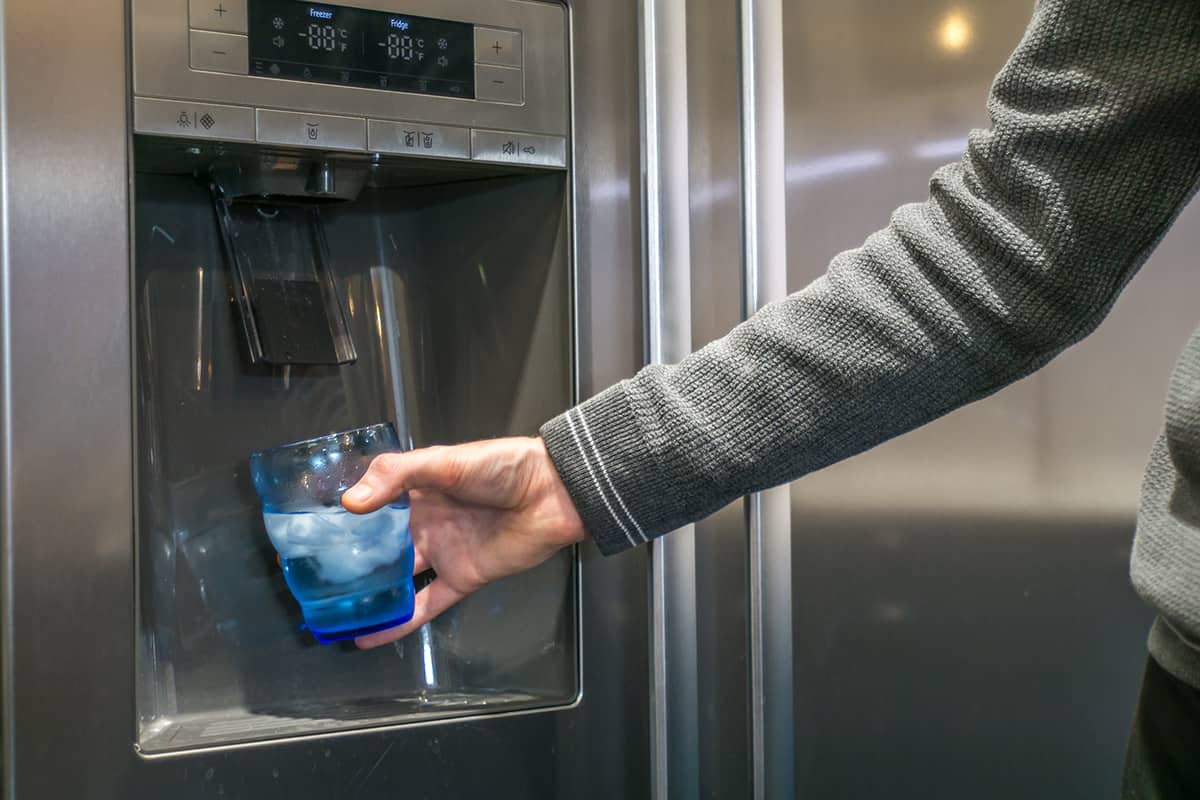
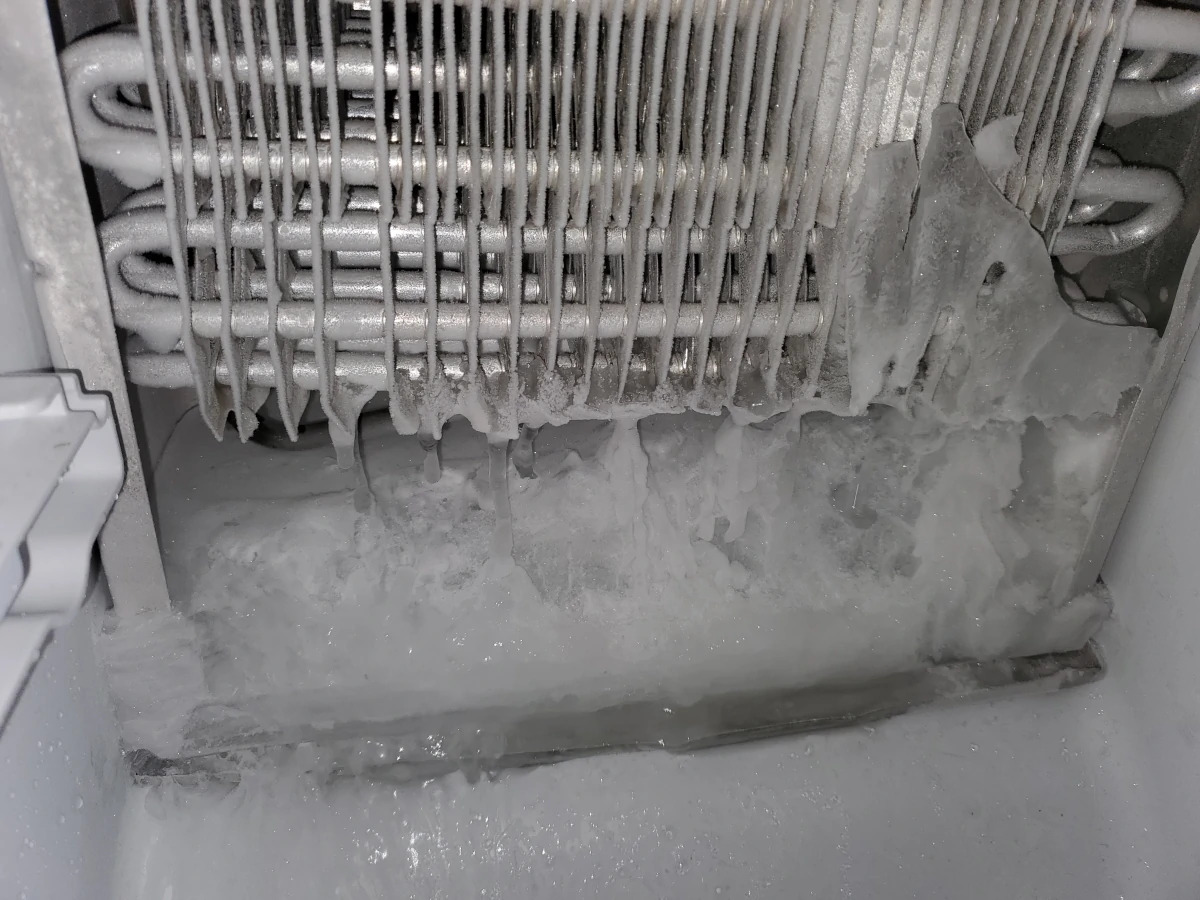
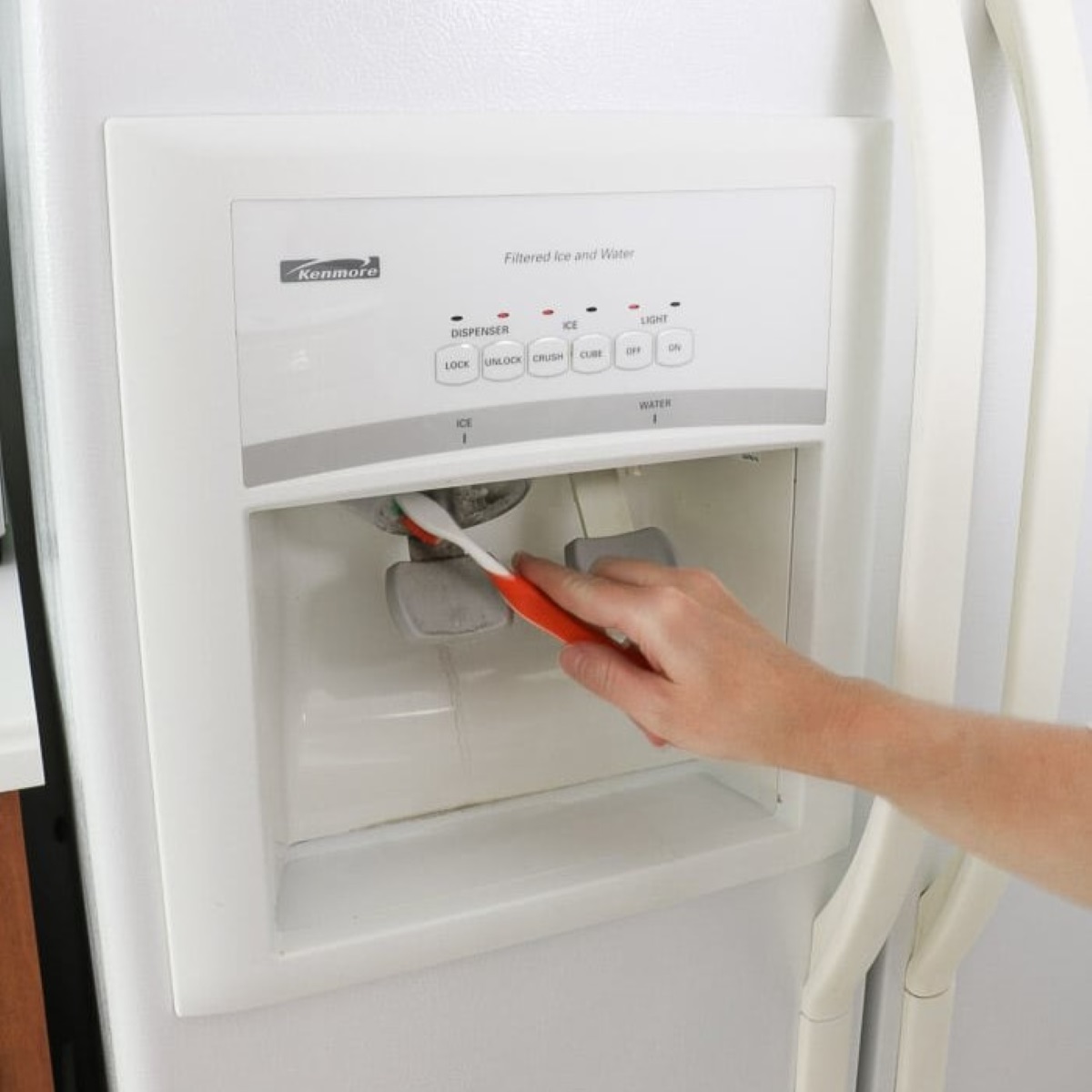
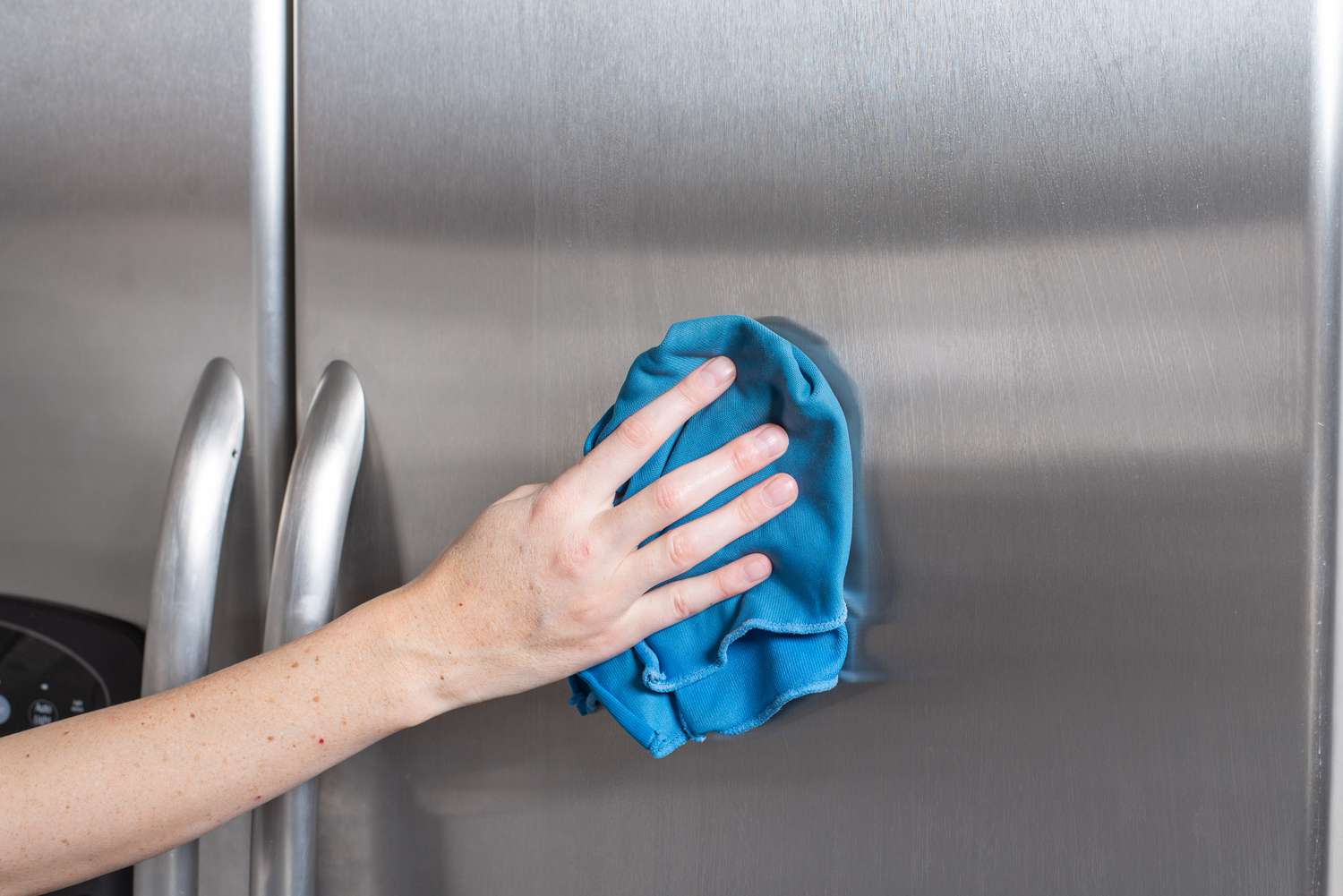

0 thoughts on “How To Clean A Refrigerator”